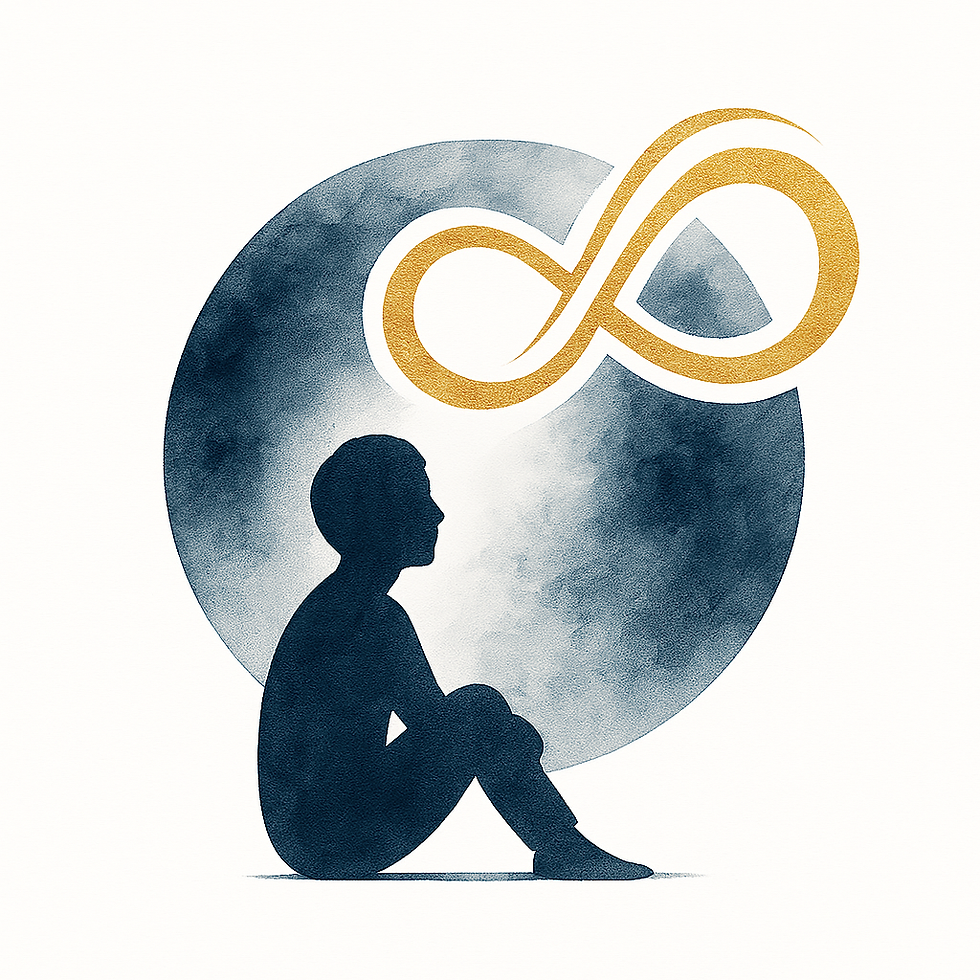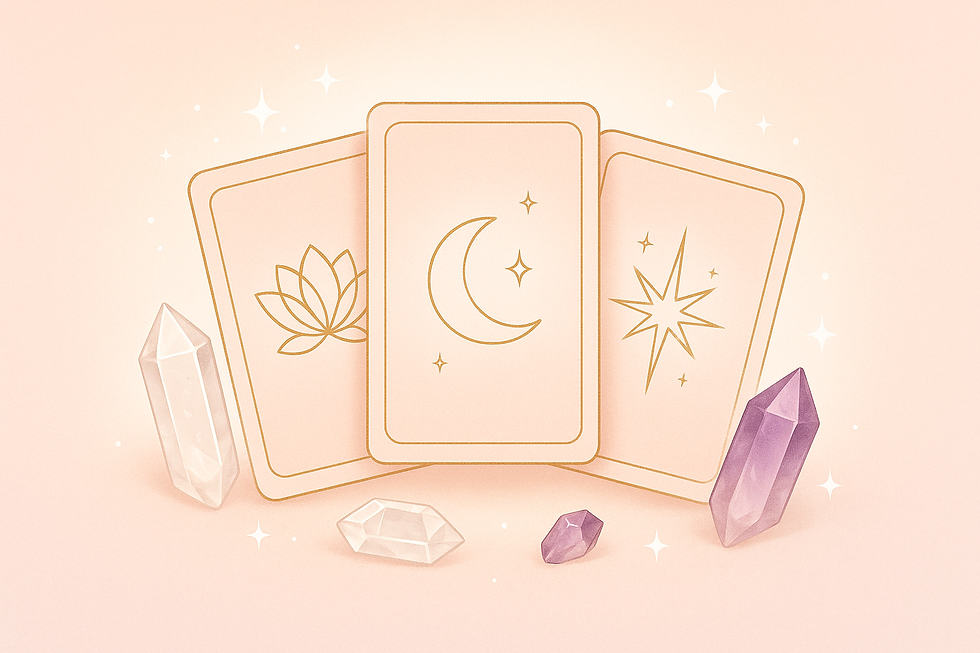What is integration after the processes?
- Marta

- Jul 17
- 4 min read
When I first dove into the process, I was surprised by what came after—that there even was an “after.” Integration is just as important—if not more so—than the process itself. It’s something I used to rush past without giving myself room to really settle in.
Growth work, especially when it touches emotions, beliefs, and often trauma, can be… well, intense. Yet profoundly liberating. It can last days or even months, but every single moment is worth it, because that’s when the most eye-opening insights arrive. Tension in your shoulders and body melts away, your breath deepens, and life simply feels lighter.
I’ll never forget my Akashic Records reading. My body reacted instantly—trembling hands, rapid breath, and the strange sensation that every muscle needed time to adapt to this new, potent energy. All day afterward, I felt like I was recalibrating—learning my body and myself from scratch. Every step felt different, and finding my balance was surprisingly disorienting. It was as if my center of gravity had shifted, hence the dizziness and overall “out of sorts” feeling that lingered until evening.

The Early Wave: Visions and Physical Signals
In the days that followed, I rode extreme highs and lows. Some mornings I woke up buoyant and euphoric, as if thousands of tiny lights had flickered on inside me—only to be followed moments later by fatigue so deep I needed a nap. I grounded myself with long swims in the sea, diving beneath the waves to release tension from my muscles. Sauna sessions, cycling, long walks, lots of water, and light meals kept me anchored. At night, I’d close my eyes, play carefully chosen frequencies, and meditate.
Meditations: Meeting Your Shadow
Over time, I wove deep-breath meditations and Pranic Breathwork (which I wrote about here) into my daily routine. The 4-7-8 practice became my anchor:
4 seconds inhale
7 seconds hold
8 seconds exhale
Whenever my heart felt like it was pounding out of my chest, I’d return to that simple rhythm—letting myself sink inward. In those silent pauses, my shadow would surface: old beliefs of not being enough, fears, fragments of painful memories. I didn’t fight them. I observed, held them gently in my heart, and allowed them to simply be, trusting that every shadow just wants to be healed.
Breathwork Workshops
The most intense moments came in breathwork workshops. I felt as if my entire life was rushing through my lungs in a single session; in another, I sensed all my long-held silences erupting in my throat. Joyful bursts intermingled with waves of sadness and anger. I’ve cried for entire afternoons—tears becoming the only language my body could use to express what was pounding in my soul. Afterwards, I’d lie on my yoga mat, knees supported by pillows, and let my muscles melt into total relaxation.
What Is Energetic Integration?
In therapy, we always say the real transformation happens after the session—when we give ourselves time to settle into a new state. That space of integration allows you to truly feel what shifted inside and learn how to carry it forward.
In Human Design circles, this is called the space between deconditioning and living according to your own Strategy and Authority—the phase where you test and refine every new rhythm of your energy.
Closing the Loop
Your mind is buzzing with hundreds of unfinished thoughts and feelings—Peter Crone calls these “open loops.” Integration is when you sit with them, let your emotions surface, name them, and give them room. In doing so, the energy that was stuck is set free to flow again.
Heart-Mind Coherence
Joe Dispenza teaches that integration isn’t a fleeting moment of meditative bliss but the rooting of that bliss in your body. Through breathwork and heart-focused awareness, you bring your entire system into harmony—your brain lays down new, supportive neural patterns, and your heart sends a steady, calming electromagnetic signal.
You can read about forgiveness or letting go in books, but true integration begins the moment you feel it in your bones:
First comes information—you understand what forgiveness is.
Then comes embodiment—you actually feel the release in your body, not just your mind.
That’s the instant your body whispers, “Okay… we’re done with this,” and you’ve fully embodied the wisdom.
Unity Instead of DivisionCrone often reminds us that we all carry multiple “selves”—the perfectionist driven to achieve and the tired, needy part longing for rest. Integration is the moment those parts stop battling and start working together in harmony.
A Simple Three-Step Practice
Notice what you truly feel—the gap between your thinking and your deepest truth.
Allow emotions to move through you—no fighting, just conscious breathing and body awareness.
Recondition your system—use heart-mind coherence meditations (Dispenza) or Crone’s belief-releasing questions to install a new, supportive inner program.
Integration is not a box to tick—it’s the gentle tending of your transformation. The hard moments are part of the journey, and every step—even the wobbly ones—brings you closer to living fully, authentically, and present in your own life.
_edited.png)


